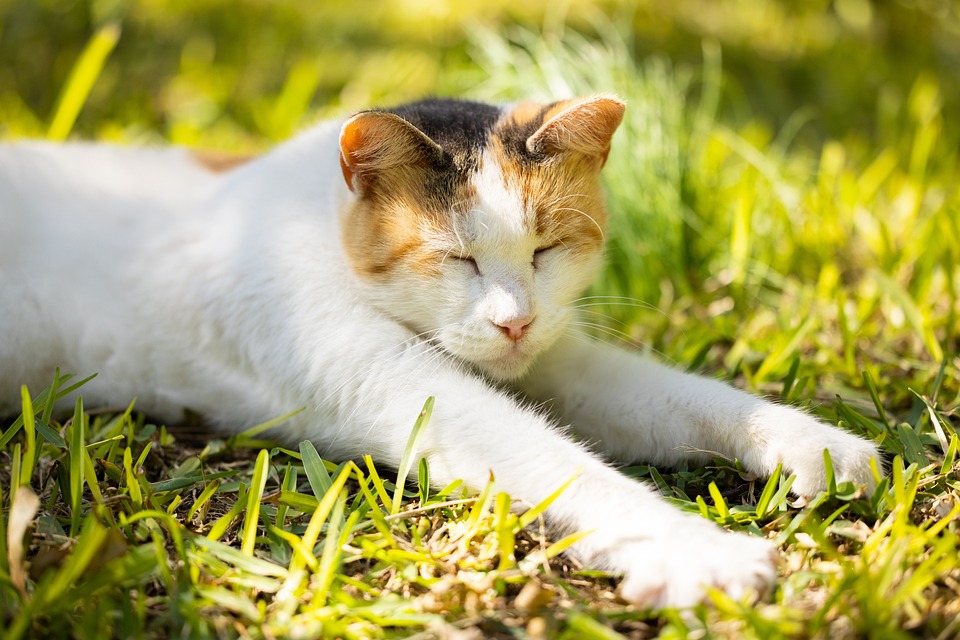As horse owners, it is essential to prioritize the health and well-being of our equine companions. When faced with challenges such as equine metabolic syndrome (EMS) and weight management issues, it is crucial to take proactive steps to address these concerns. In the case of a retired horse like the 22-year-old gelding mentioned in the article, reducing access to pasture can be a key strategy in helping them lose weight and manage their condition.
Equine metabolic syndrome is a complex endocrine disorder that can have serious implications for a horse’s health. Horses with EMS often struggle with obesity, insulin resistance, and a predisposition to developing laminitis. Genetics play a significant role in the development of EMS, as horses with a thrifty gene are more prone to gaining weight when exposed to high-quality forages and feeds without adequate exercise.
Managing a horse with EMS involves a multi-faceted approach that includes dietary modifications, exercise, and environmental management. In the case of the retired gelding, the owner has already taken steps to provide low-NSC hay, a ration balancer, and a grazing muzzle to limit pasture intake. These are excellent strategies to reduce the horse’s soluble carbohydrate intake and prevent further weight gain.
To further support weight loss in a horse with EMS, it may be necessary to carefully monitor their hay intake and limit it to 1.5% of their body weight spread across multiple meals. Using a hay net with small holes or double-netting the hay can slow down the horse’s consumption and prevent them from overeating. Additionally, restricting pasture access or using a grazing muzzle with small holes can help control the horse’s intake of high-sugar grass.
Exercise is another crucial component of managing EMS in horses. While the retired gelding may not be able to be ridden due to his injury, there are alternative ways to provide him with free-choice exercise. Implementing a track paddock system, where resources are spaced out to encourage movement, can help the horse stay active and burn calories. Regular hand-walking and groundwork exercises can also provide low-stress exercise opportunities for the horse.
In conclusion, reducing a horse’s access to pasture can be an effective strategy for helping them lose weight and manage conditions like EMS. By implementing a comprehensive approach that includes dietary modifications, exercise, and environmental management, horse owners can support their equine companions in achieving and maintaining a healthy weight. It is essential to work closely with a veterinarian or equine nutritionist to develop a tailored plan that meets the individual needs of the horse and promotes their overall well-being.





